Earth Science and Engineering
Dusty days over Arabia
Modelling reveals how atmospheric dust influences daytime patterns of energy transfer from sunlight.
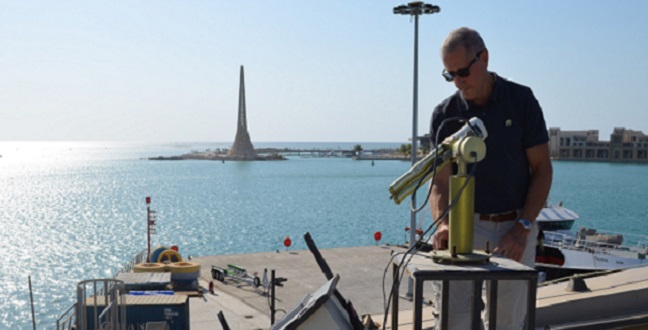
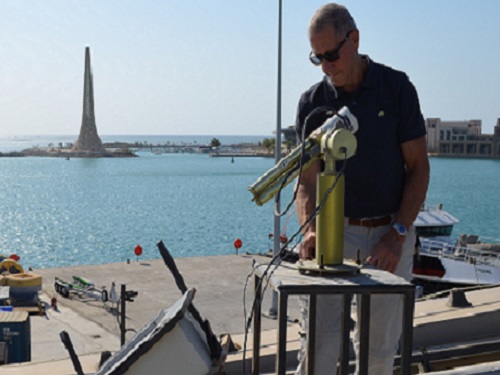
Professor Georgyi Stenchikov at the KAUST AERONET station with a robotic sun photometer that measures aerosols every 15 minutes during daytime.
© 2015 KAUST
KAUST researchers studying the impact of dust on the Arabian Peninsula have developed a sophisticated model that accurately predicts how much solar radiation reaches the land and ocean across a wide range of conditions at different times of day1.
Dust is a pressing issue for the region, as it affects health, agriculture, transportation and industry. It can also seriously hinder the harvesting of solar energy, which is central to long-term plans for the Middle East.
To quantify the interaction of dust with incoming solar radiation, Georgiy Stenchikov, Professor of Environmental Science and Engineering, and Ph.D. student Sergey Osipov at KAUST collaborated with Helen Brindley and Jamie Banks at Imperial College London (U.K.) They focused on the radiative effect of dust, which causes atmospheric heating and surface cooling measured as “radiative forcing” — the difference between solar energy input with and without dust.
The inputs for the computer-based model are the thermodynamic and optical characteristics of the atmosphere and the Earth’s surface. As well as the incoming solar radiation, these include such variables as atmospheric pressure, temperature, the concentrations of gases, dust and other aerosols, the surface geology and geography and the time of day.
“Using this model, we can say fairly accurately how much radiation reaches the surface, how much is absorbed in the atmosphere and how this depends on the amount of dust and other aerosols in the atmosphere,” said Stenchikov. The model can also simulate the radiative impacts of dust storms developing across the region.
The accuracy of the model was validated by comparing its predictions with observations from the ground and by satellites. One of these ground observation sites is at KAUST and the other is at Solar Village near Riyadh, the location of the world’s largest solar power electricity generating system, a facility that can be severely affected by the presence of dust overhead.
“The effect of dust on the Middle East needs to be better understood,” said Stenchikov. He pointed out that dust has very complex and significant effects involving both the absorption and scattering of solar radiation. His team anticipates that their model will make a useful contribution to understanding and predicting the influence of dust on weather and air pollution and the knock-on effects of these issues on health and the economy.
The model will be refined to allow more detailed analysis of the influence of dust on the light-initiated “photochemical” reactions that have an impact on many aspects of atmospheric pollution, including smog.
References
- Osipov, S., Stenchikov, G., Brindley, H. & Banks, J. Diurnal cycle of the dust instantaneous direct radiative forcing over the Arabian Peninsula. Atmospheric Chemistry and Physics 15, 9537–9553 (2015).| article
You might also like
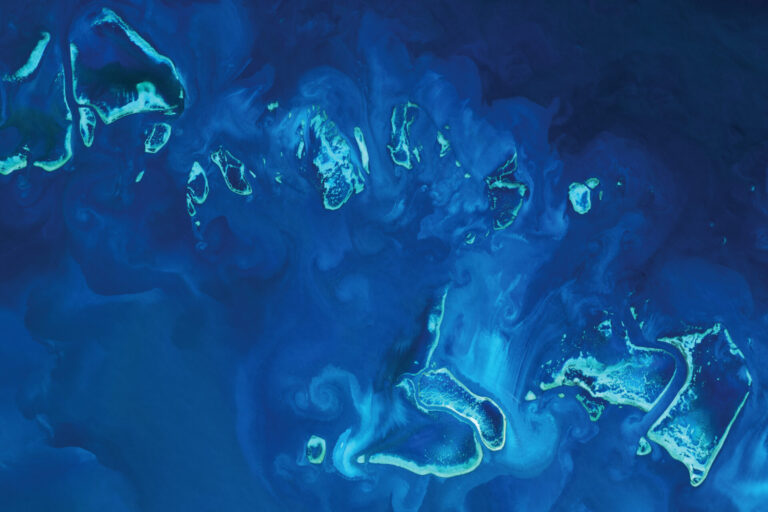
Earth Science and Engineering
Sensing color cues to monitor coral health in the Red Sea

Earth Science and Engineering
Kahramanmaraş earthquake study showcases potential slip rate errors

Chemical Engineering
Unveiling the role of biomass-burning aerosols in atmospheric reactions

Earth Science and Engineering
Feeling the heat across the Middle East
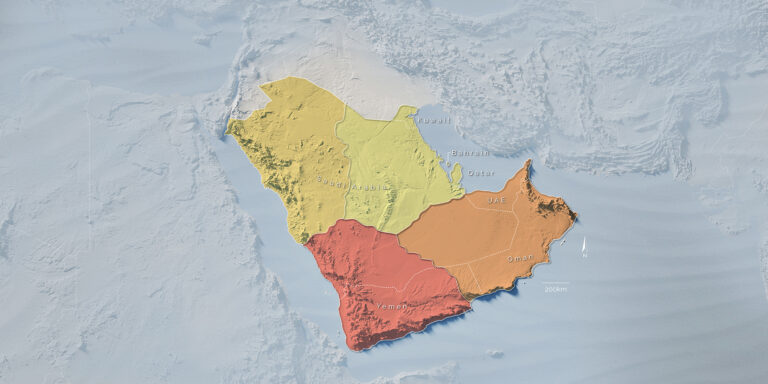
Applied Mathematics and Computational Sciences
Past and future drought patterns across the Arabian Peninsula
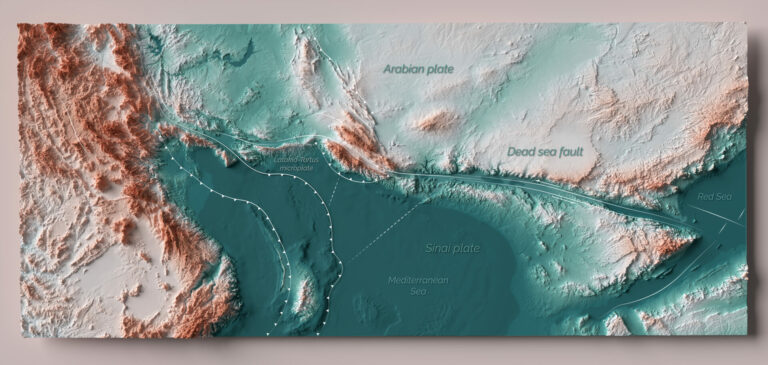
Earth Science and Engineering
Fewer major earthquakes for the northern Dead Sea Fault
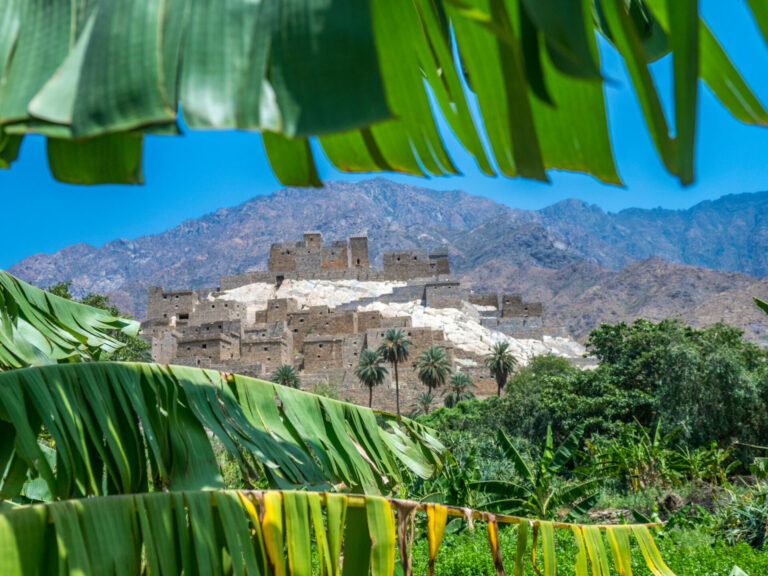
Applied Mathematics and Computational Sciences
Measuring the impact of desert greening

Applied Mathematics and Computational Sciences



